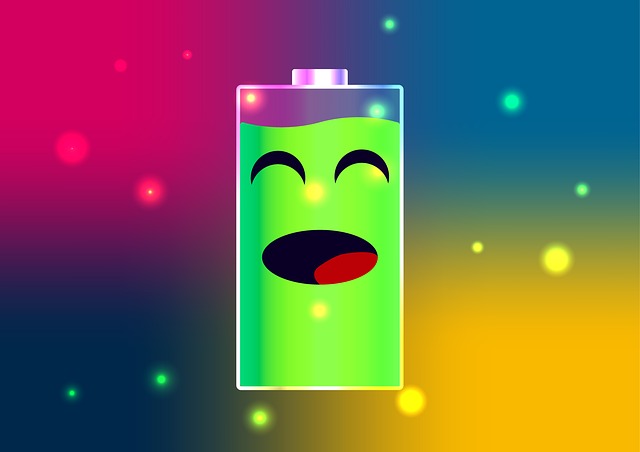General action and inaction goals: Definitions & effects
It is important to note the distinction between the activation of general action/inaction goals versus general action/inaction concepts. Action or inaction concepts become activated as a direct result of priming, meaning that the idea of ‘activity’ (or ‘inactivity’) has been triggered in one’s mind. Any impact that mere concept activation has on behavior is a direct effect of the mere motor representations linked to the concept. For example, the notion of rest may produce relaxation, even in the absence of any particular goal or desire to rest. Alternatively, priming an action concept may lead to activation of an action goal that is ultimately responsible for the effects on overt behavior. Instead of just being more active as a result of having ideas about action triggered in your mind, you engage in behavior to satisfy the action “goal” stimulated by the action concept. General action and inaction goals display typical goal properties, such as stimulating behavior until the goal is met. This means that the effects of the goals become stronger (a) when participants are prevented from immediately pursuing them, (b) when there are no goal-relevant behaviors available that serve to meet the goal, and (c) when incompatible goals are inhibited (Albarracin et al., 2008; Laran, 2009). It is crucial to note that this theory stresses that action and inaction can truly be goals, not just tendencies, preferences, or automatic associations (e.g., someone seeing the word ‘active’ and automatically becoming more active). Environmental cues (e.g., primes), norms, and demands can prompt the formation of an activity or inactivity goal, which subsequently impacts the selection, evaluation, and performance of future behavior.
Immediate behaviors associated with active goal pursuit also may or may not seem congruent with the goal itself despite being congruent in the long run. When individuals have goals to be active (or inactive), their objective is to increase (or decrease) overall behavioral and cognitive output. Most of the time, achieving an action (inaction) goal will entail choosing behaviors that are active (or inactive). However, goal achievement may require choosing behaviors that effectively pursue the goal in the long run, even if they seem to be immediately incongruent with the goal. For example, someone with a goal for action may decide to take a quick nap (the ultimate inactive behavior) right now because being well-rested will allow that individual to be even more active later in the day. Alternatively, someone with a goal for inaction may decide to quickly rush through any remaining work right now, so that the rest of the day can be spent relaxing (e.g., see Study 6 in Albarracin et al., 2008). In the end, because these are goals, any behaviors that are chosen in the interest of goal fulfillment will serve overall endstates, rather than motivate people to be immediately active or inactive.
Distinction between ‘Action’ and ‘Effort’

Difficulties of goal pursuit spur energization



